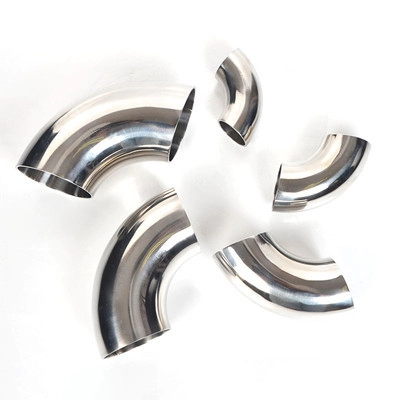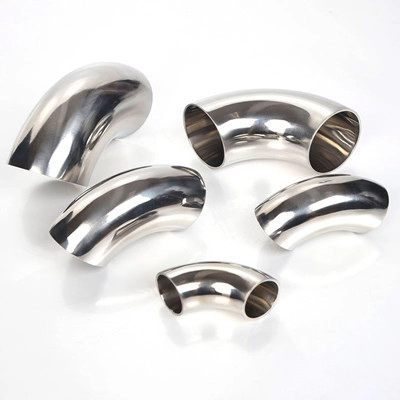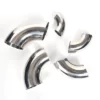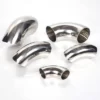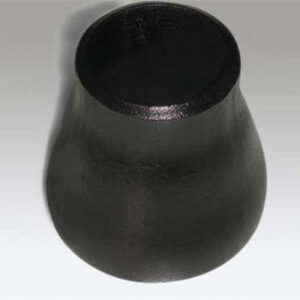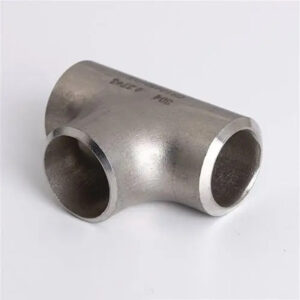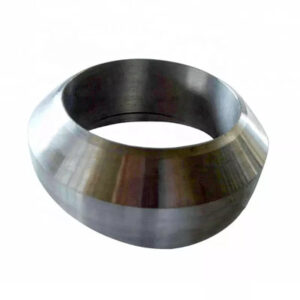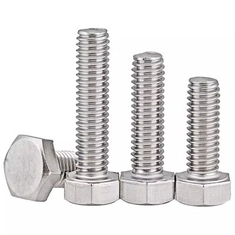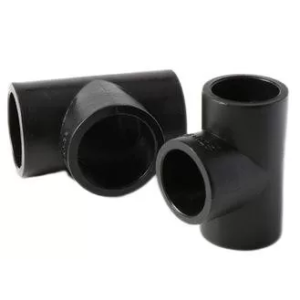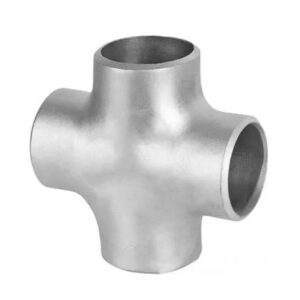Description
Stainless steel elbow is a pipe fitting that changes the direction of the pipeline.
According to the angle, there are three most commonly used elbows: 45 ° and 90 ° 180 °. In addition, according to the needs of the project, there are other abnormal angle elbows such as 60 °.
The main difference between stainless steel elbow and carbon steel elbow is the difference in material. The chemical composition contained in it will keep the elbow surface from rusting and corrosion for a long time.
Technical data sheet
| Nominal size | Outer diameter of groove | Center to End | |
| DN | I series | II series | 90° elbow A |
| 15 | 21.3 | 18 | 38 |
| 20 | 26.9 | 25 | 38 |
| 25 | 33.7 | 32 | 38 |
| 32 | 42.4 | 38 | 48 |
| 40 | 48.3 | 45 | 57 |
| 50 | 60.3 | 57 | 76 |
| 65 | 73 | 76 | 95 |
| 80 | 88.9 | 89 | 114 |
| 90 | 101.6 | \ | 133 |
| 100 | 114.3 | 108 | 152 |
Characteristic
The production process of stainless steel elbow is divided into hot pushing, stamping and welding.
Hot push is generally used in the production of standard seamless pipes and straight seam elbows. It has fast production speed and small size error of the products.
Stamping process can produce thick wall stainless steel elbow, which is suitable for small batch production.
Welding is generally used in the manufacture of large-diameter carbon steel elbows, which can be processed in a wide range, and the elbows manufactured are relatively standard.
Application
Stainless steel elbows are widely used in major power plants at home and abroad, chemical industry, light industry, metallurgy, urban construction, shipbuilding, natural gas engineering, food manufacturing, papermaking, medicine and other industries.

